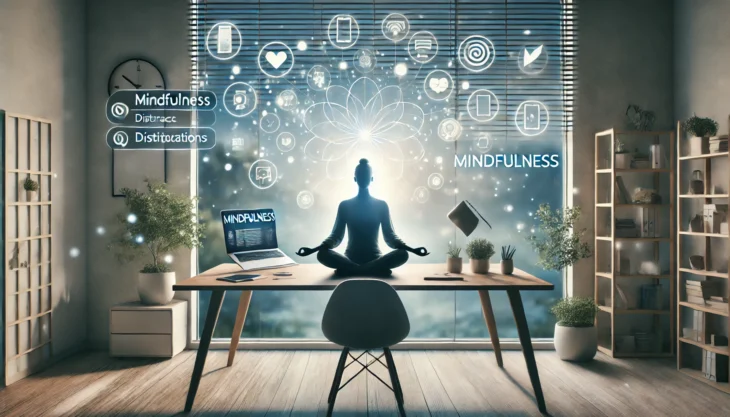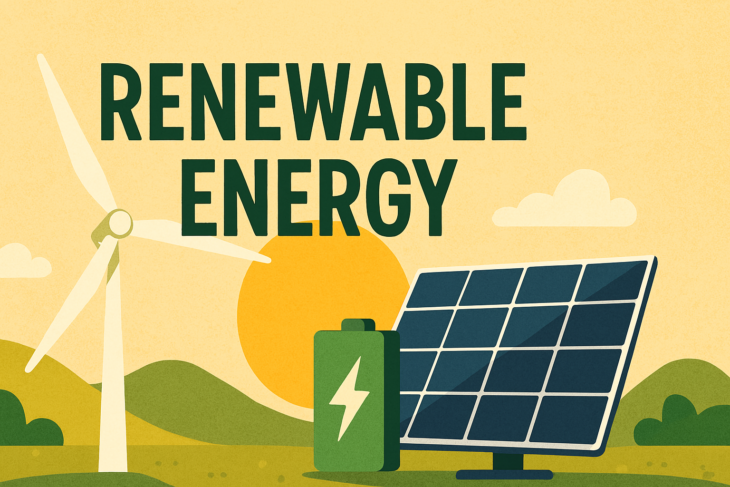In today’s world, it feels like we’re glued to our screens 24/7—whether it’s for work, social media, or just scrolling through endless content. But occasionally, we all need to step away, take a breather, and experience life offline.
A digital detox isn’t just about putting your phone down for an hour—it’s about reclaiming your time and your mental space. Here’s how you can break free from the screen without feeling like you’re missing out on the world.
1. Start Small: Try a Screen-Free Morning or Evening
A full day without screens sounds overwhelming, especially when your phone is your alarm clock. But you can start small. Try dedicating an hour or two in the morning or evening to being completely screen-free.
What to do instead:
- Meditate or do some light stretching.
- Read a book, journal, or enjoy a cup of coffee without scrolling.
- Go for a walk in your neighborhood and notice details you’ve missed.
Why It Works: Gradually incorporating more screen-free time will help you build the habit without feeling deprived.
2. Redesign Your Space for a Digital-Free Zone
Your environment plays a big role in how much time you spend on screens. Create a digital-free zone in your home where you can relax, recharge, and enjoy quality time without distractions.
Where to start:
- Make your bedroom a screen-free space—keep your phone out of reach, and enjoy a night of reading or quiet relaxation.
- Create a cozy corner for meditation or hobbies like knitting, sketching, or playing an instrument.
Why It Works: Setting boundaries between your digital world and personal space creates a healthier balance and reduces temptation.
3. Plan Offline Activities That Don’t Require Screens
One of the best ways to enjoy a digital detox is by filling your time with offline activities that don’t require a screen to be fulfilling.
Try these activities:
- Take a walk through a local park, visit a museum, or check out a community garden.
- Go for a coffee date with friends—no phones allowed.
- Explore new hobbies like cooking, painting, or yoga.
Why It Works: Filling your schedule with fulfilling offline activities ensures you don’t feel like you’re missing out on fun, meaningful experiences.
4. Set Boundaries with Social Media
Social media can be a huge time-suck, and it often leaves us feeling drained or overwhelmed. Instead of quitting cold turkey, set clear boundaries for when and how often you check your social accounts.
How to set boundaries:
- Turn off notifications for all social apps.
- Set specific times during the day to check your feed, and stick to it.
- Unfollow accounts that don’t add value or joy to your life.
Why It Works: Boundaries help prevent social media from taking over your day and allow you to engage mindfully.
5. Unplug with Others: Plan a Screen-Free Hangout
It’s easier to disconnect when you have company. Invite friends or family for a screen-free hangout—play board games, enjoy a long meal, or just talk without the distraction of phones.
What to do:
- Host a game night or movie marathon (no phones allowed).
- Plan a weekend hiking trip or nature walk with friends and enjoy each other’s company without screens.
Why It Works: Engaging with others offline helps create connections and memories that are far more meaningful than virtual interactions.
6. Practice Mindfulness and Meditation
Sometimes, the constant barrage of notifications, emails, and social media posts can leave us feeling mentally cluttered. Mindfulness practices like meditation can help you clear your mind and break free from the need to check your phone.
How to do it:
- Start with just 5–10 minutes of deep breathing or guided meditation each day.
- Try using an app like Calm or Headspace, but set a timer and avoid checking anything else on your phone.
Why It Works: Meditation helps you stay present, reducing the urge to constantly check screens and allowing you to reclaim your mental space.
7. Digital Detox Vacations: Unplug to Recharge
If you’re really looking to go all-in on a digital detox, consider planning a vacation where you leave your phone behind—or at least turn it off for long stretches of time. It’s all about recharging without distractions.
Where to go:
- Take a weekend retreat in the woods, mountains, or a cabin in the countryside.
- Head to a remote beach destination where activities like swimming, reading, and hiking are the focus.
Why It Works: A digital detox vacation allows you to reconnect with yourself, nature, and the people around you, without distractions.
8. Reduce Screen Time Gradually
If going cold turkey sounds too daunting, try gradually reducing your screen time. Set limits for yourself each day and aim to lower your usage slowly.
How to do it:
- Set a daily limit for social media apps (e.g., 30 minutes per day).
- Use apps like Forest or Moment to track your screen time and help you stay mindful.
Why It Works: Gradual reduction makes the process less overwhelming and helps you stay consistent.
Final Thoughts: It’s About Balance
The goal of a digital detox isn’t to completely eliminate screens from your life; it’s about finding balance. In our hyper-connected world, it’s easy to become overwhelmed by constant notifications and online pressure. Taking intentional breaks allows you to reconnect with the present moment, reduce stress, and enjoy life offline.
So, take a break, go outside, and experience the world beyond the screen—it’s waiting for you. Your digital detox starts now.













